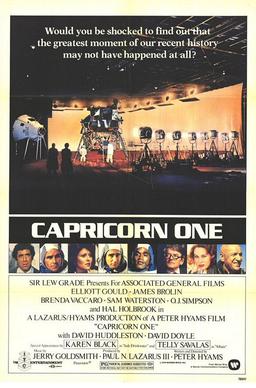Astronaut-authored report says NASA needs new direction
There is limited value in returning to the Moon, according to a report co-authored by Apollo astronaut Buzz Aldrin

NASA's performance since the Apollo programme has been "lacklustre" and the agency needs "serious reform or significant organisational overhaul," Apollo astronaut Buzz Aldrin and colleagues say in a draft paper released on Monday.
The draft paper, posted to the National Space Society blog, outlines a plan to replace George W Bush's 2004 Vision for Space Exploration, which called for returning astronauts to the Moon by 2020, with a plan that focuses on sending astronauts first to new targets, such as asteroids.
A shorter version of the report will be released formally in a few days and sent to President Obama's administration for review, says Feng Hsu, the paper's primary author and an engineer at NASA's Goddard Space Flight Center in Greenbelt, Maryland.
The Apollo lunar programme of the 1960s and 70s was an "astonishing success", the report says. But it goes on to argue that "post-Apollo NASA" became a "visionless jobs-providing enterprise that achieves little or nothing" in areas such as the development of reusable or affordable launch systems.
The space shuttle, which costs about $450 million per launch and requires a lot of maintenance, is one of a number of "wasteful projects with costly or unnecessarily complex and risky designs", the report says.
The report says the agency's downturn may have been inevitable, since Apollo had been a well-funded programme designed to beat the Soviet Union in the space race. "America's space program was destined to lose direction soon after winning the space race," the authors write.
No discussion
NASA's new Constellation programme is at "high risk" for continuing this downward spiral, they argue. The programme, which is developing rockets and an Apollo-inspired crew capsule to replace the ageing space shuttle, will send astronauts to the space station as well as the Moon.
Bush's plan to return to the Moon was not vetted by space policy experts, politicians or the public through hearings and was not funded well enough to achieve its goals, they say.
Crucially, it also "lacks strategic merit", the authors write: "There is neither significant (or short-term) science value nor space exploration and operation value in revisiting an Earth-orbit destination that was explored by mankind four decades ago."
Instead, the authors say the US human exploration programme should focus first on sending astronauts to an asteroid or to L2, one of five gravitational 'sweet spots' around Earth's orbit. There, spacecraft essentially could be parked so that they could keep pace with Earth on their orbits around the Sun.
Cabinet-level office
The authors say the site, which is farther away than the Moon, could host a space-station-like outpost. It could also act as an intermediate step on the way to Mars, where human missions could initially be sent to Mars's moon Phobos before landing on the Red Planet itself.
If the US did return to the Moon, the venture should be part of larger commercial or international efforts, the authors say.
To explore those options better, the authors propose that a new cabinet-level office be developed - the US Department of Space. It would take over from NASA and expand the agency's current efforts to work with businesses on space vehicles to reach destinations in low-Earth orbit, such as the International Space Station. The department would also help spur the development of other technologies, including beaming solar energy down from space.
'Rearranging the bureaucracy'
The recommendation to make the Moon an international target is "much to be commended," says Louis Friedman of The Planetary Society, which last year made a similar call for US astronauts to aim for asteroids and Mars.
Friedman says The Planetary Society was approached to sign on to the document, but Society officials have not yet decided to do so.
"I think that it's overly critical of NASA," Friedman told New Scientist. "NASA still delivers a lot to America and to the world. They have issues to solve, but they're normal issues. They do it in the glare of a lot of publicity," he says. "I don't know that rearranging the federal bureaucracy is the solution to any problem NASA is encountering right now."
http://www.newscientist.com/article/dn16660-astronautauthored-report-says-nasa-needs-new-direction.html



